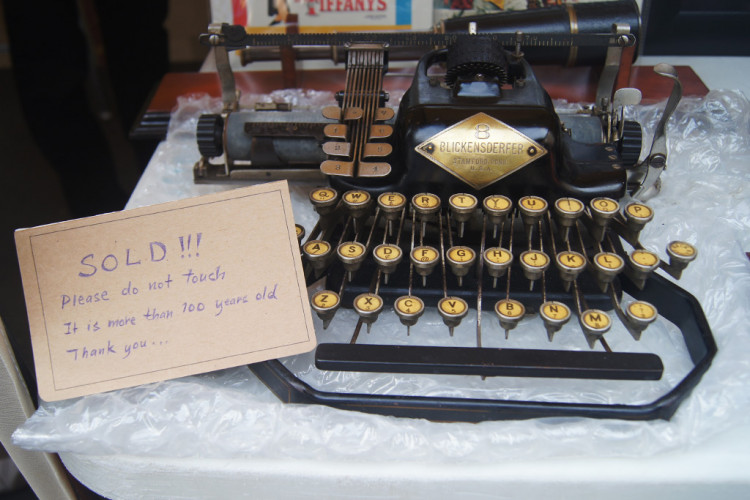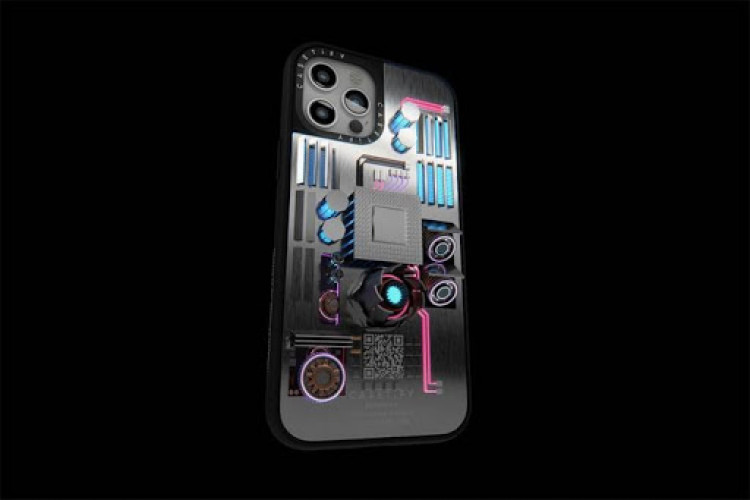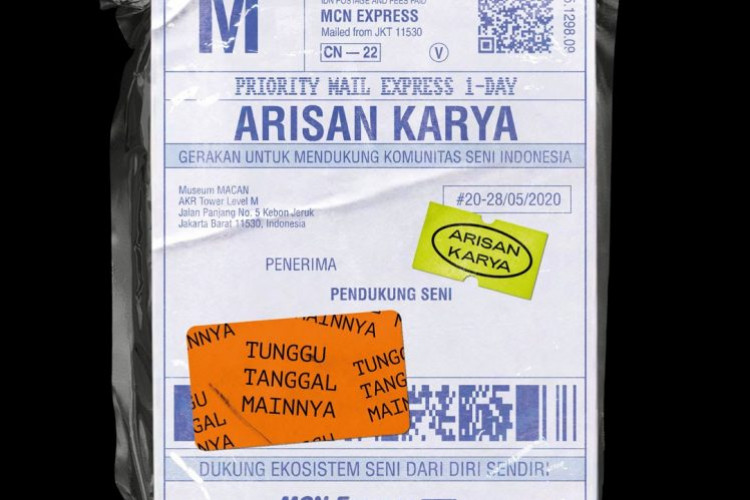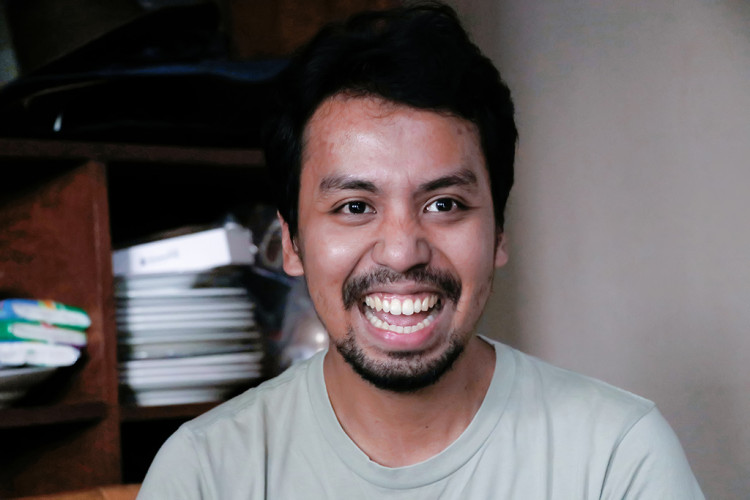














Our generation is an editable one. Users of the Internet – particularly those who are active on social media – would know that all we need to change our online identities is a keyboard, a mouse, and a taste for engaging narratives. What we post on the net is not only changeable, but it is also erasable. And yet despite this tendency to keep shifting selves, there is a growing interest in one particular permanent element that shapes one’s personal identity – tattoos.
While the use of tattoos as a form of identification can be traced back to tribes from various parts of the world, the modern society has not always viewed it as the most ideal way to present oneself to others. “Inked” skin would often attract disapproving looks – especially in more conservative cities or countries. But Mulie Addlecoat, the man behind Thinking Tree Tattoo, was able to see that tattoos are fundamentally a work of art, and should therefore be appreciated for their beauty.
It was Mulie’s own appreciation towards tattoos that set him off on an unexpected journey to the world of inks and needles. He has always enjoyed reading books on tattoos. In fact, he has enjoyed it so much that he even tried to do his own sketches. Having noticed Mulie’s obsession with tattoos, his wife suggested that he turn it into a profession – an idea that Mulie turned down on the spot. “I just wanted to get a tattoo. I didn’t want to become a tattoo artist,” he confessed.
In 2010, he met a Taiwan-based tattoo artist at a tattoo convention in Singapore. The language barrier separating the two did not stop Mulie from wanting his tattoo done by this Taiwanese man. But there was a bigger barrier that Mulie did not expect to appear. The next day, when he went back to the convention to get his tattoo completed, the Taiwanese man’s both was gone. All he had was the man’s contact information and a half-drawn tattoo. Attacked by a sudden wave of panic, Mulie could only think of two options: Find the man who had started his tattoo, or finish drawing it himself.
Believing that there was a meaning behind the unfinished tattoo, he decided to follow his wife’s suggestion and look for an apprenticeship. From 2010 until 2011, he gathered the necessary skills at Sonnee Tattoo. But even after a full year of being an apprentice, he knew that he it was too difficult to complete his own tattoo. Luckily, with the help of his friend’s wife, Mulie was finally able to contact the Taiwanese tattoo artist – though it was not until another year that they met to get the tattoo done.
“When we first met, the Taiwanese guy asked me, ‘Are you a tattoo artist,’ and I said that I’m another kind of artist,” Mulie shared with a hint of nostalgia. “The strange thing is, when we met again to finish the tattoo, he asked me the same question,” he continued, “and I answered: Yes, I am.”
The transition from being “another kind of artist” to a tattoo artist motivated Mulie to establish Thinking Tree Tattoo, his cozy private studio located in Gandaria. He was inspired by the tattoo studios that are most common in Japan – that is, studios that are only for clients who have made an appointment with the artist. He disliked the concept of walk-in tattoo parlours because “they often attracted clients who aren’t so serious about getting a tattoo.”
Having a private tattoo studio, however, is a great challenge because its advantage is also its weakness. While the arrangement allows Mulie to be more selective of his clients, it also means that he would have to find other ways to promote his work. One way to do that is by creating a unique style that stands out among other tattoo artists. However, even though it sounds like the most obvious strategy, Mulie’s experience has proved otherwise. Trying to create a tattoo that fits with how an artist sees his or her own character is no different than trying to set walls where there should be none. The end result would only suffer as a result of such calculated boundaries. Instead of being too conscious about one’s own style, Mulie believes that it is important to go with the flow. His style has been influenced by lots of different things – both good and bad. For example, his attention to complex details in his designs were refined because some of his earlier sketches had been copied.
Style, or character, is indeed important in any craft. The increasing mass appeal towards tattoos that has been boosted by reality shows – among other things – has invited a steady flow of creative and unconventional ideas from artists who come from countries previously unknown for their tattoo scenes. Mulie is confident that the world is seeing “a renaissance of tattoo art,” and that further innovation from artists around the world should be encouraged. He noted that Indonesia has a budding tattoo scene that has a lot of potential, but is sadly underexposed. “There are a lot of talented tattoo artists, but people here tend to be skeptical towards local artists,” Mulie lamented.
In addition to trying to bring Indonesia’s tattoo scene to the next level, Mulie also wants to develop tattoo machines. He has designed all of the machines that he frequently uses to ink his clients. “Isn’t it great that the first tattoo machine designed with a concept comes from Indonesia?” he said while holding one of his own creations.
For the tattoo industry to thrive, however, society’s openness to the art is not enough. Mulie emphasized the need for mutual appreciation and support among tattoo artists. After all, the artists are the ones keeping the art of tattoos alive. Without them, and a sustainable environment in which they can continue to improve their skills, tattoos would only be identified with the past.
For more information, visit Thinking Tree Tattoo’s website and Facebook page.
Thinking Tree Tattoo
Gandaria Heights Apartment
Tower A No. 0710
Jakarta 12240











